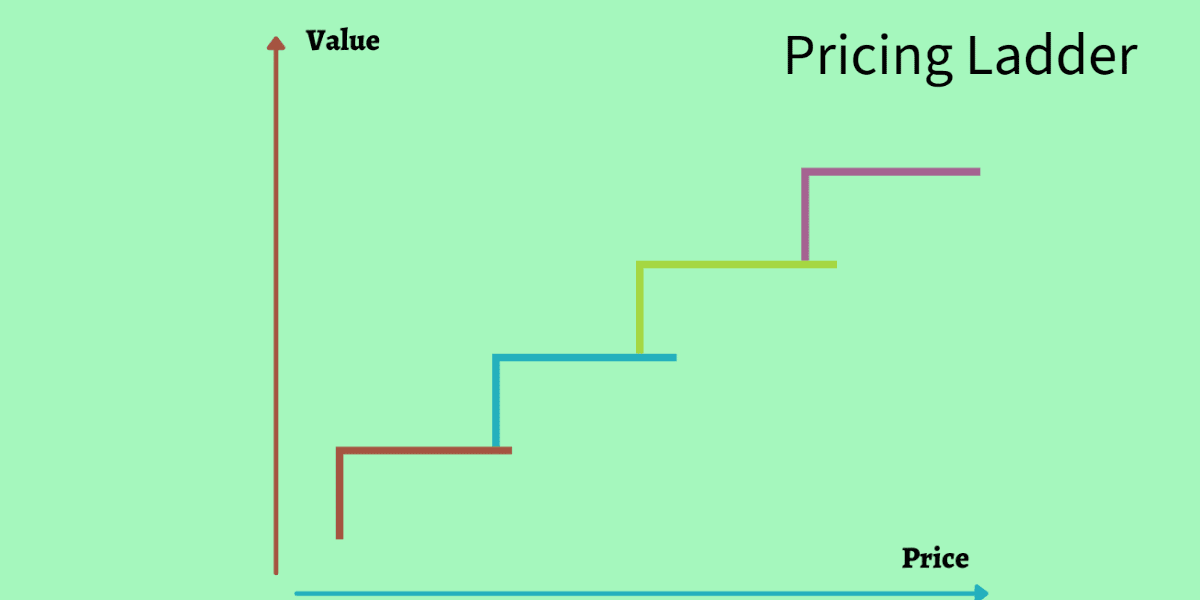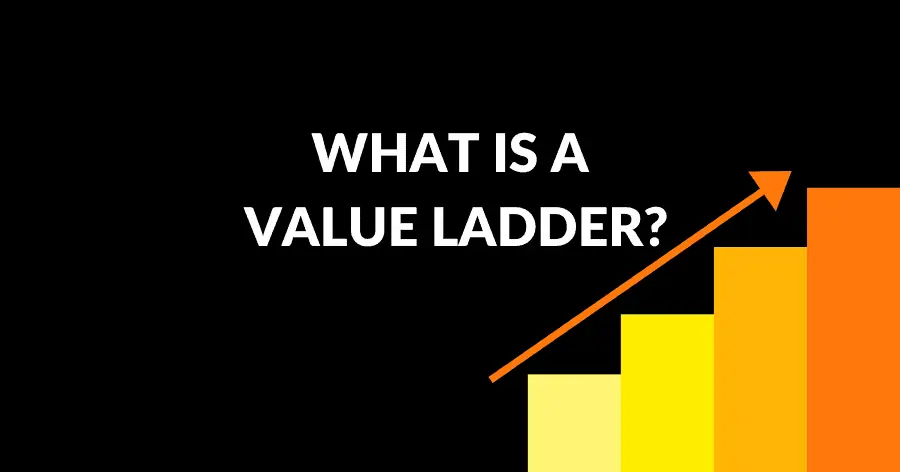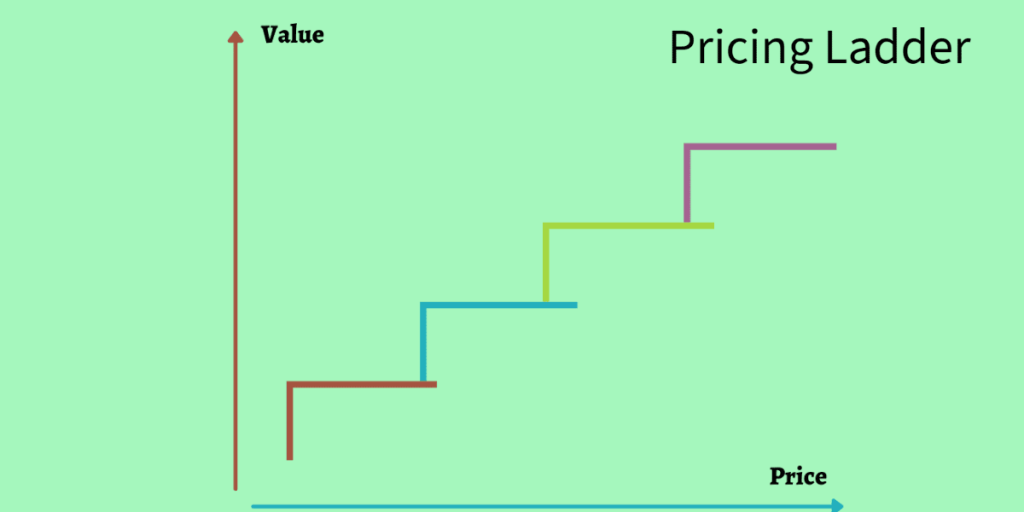
Pricing Ladder – Tips for Effective Pricing
Companies are working day and night in order to attract new customers. It is quite hard to persuade customers to choose your product. Have you heard about the pricing ladder?
What is the price ladder? It is desirable to remember that it is a product strategy. The strategy mentioned earlier involves supplying a number of product versions at different quality- as well as price points.
It is worth mentioning that ‘ladder’ is utilized in order to describe the strategic importance that is initially attracting clients with the lowest quality/price balance. The next step is to make customers interested in higher-quality versions. Unsurprisingly, customers must pay more money in order to buy better versions – thus encouraging customers to ‘climb up the ladder.’
Now, you know what the pricing ladder is all about. So, let’s learn more about it.
First and foremost, business owners have to take into consideration various factors.
Typically, price sensitivity is higher in developing countries compared to developed countries. It is not hard to understand people who live in emerging markets. However, the situation is more complicated than it might appear at first glance.
Price discrimination is a very serious issue. In the case of pure price discrimination, the seller charges each customer the maximum price customers will pay.
Quite often, companies overestimate how price-conscious consumers are in emerging markets. On the other hand, many companies underrate the spending power of wealthy consumer segments.
Importance of pricing ladder

It is no secret that prestige plays an important role in developing as well as developed countries. Without a doubt, prestige is a driving force across the world.
However, up-scale consumer segments from developing countries are ready to pay more money in order to buy Western brands. Why? Because many western brands have traditionally been in limited supply in developing countries.
In the vast majority of cases, if you want to target wealthy customers in developing countries (which many companies do), then you don’t want your product to become omnipresent.
So, it is a popular misconception that prices should be way lower in developing countries. Undoubtedly, there are some extremely price-conscious consumers in developing countries. However, we shouldn’t forget about people who are ready to pay more money in order to buy a product from a Western brand.
Let’s get back to customers who can’t afford or don’t want to spend more money for a minute. It is worth mentioning that they often don’t pay attention to a brand. To make a long story short, they aren’t ready to pay a lot of money in order to buy products from Western companies.
What are you supposed to do? Should you focus on customers with a limited budget?
It is possible to find a perfect balance between price-conscious customers and customers who would like to buy luxury products.
When companies serve both categories of customers in developed countries, companies tend to address this issue by utilizing a so-called price ladder.
It is important to mention that the typical price in wealthy countries has three steps. The first one is ‘good. The second one is ‘better,’ and the last one is the ‘best version.’
Interesting case
For instance, a company that sells hot tubs will have a basic version. The above-mentioned version makes the customer consider the brand. On the one hand, the price of a basic version looks appealing. On the other hand, it is obvious that the basic version lacks various features.
Now, the company has got the customer’s attention, and the potential customer will start looking at the better and more expensive version. As stated above, the basic version helped to attract customers. Unsurprisingly, the better version comes with advanced features. Interestingly, the features mentioned above are available at a modestly higher price.
Customers who don’t want to pay extra will most likely select the ‘better’ version.
Now let’s move on to customers who are willing to buy the ‘best’ version. Such customers can still be price-conscious and initially attracted by lower-priced versions. However, they want to get the highest quality as well as the most modern design. There is a high chance that such customers will select the most expensive version.
Emerging markets and companies

As you can see, the pricing ladder plays an important role in the modern world.
We need to note that in the case of emerging markets, nevertheless, companies may add an additional step to the price ladder.
An additional step? Yes, companies add the ‘fair’ version.
Many price-conscious customers in developing countries select a local brand if its price is lower compared to the Western product. What’s interesting, they usually select the local brand even if the product is not as good as the one produced by Western companies.
What is the purpose of the ‘fair’ version? Its purpose is to provide great value at a great price to customers who otherwise wouldn’t buy the product.
Interestingly, the requirements for the above-mentioned version are quite high. Companies try to attract those customers who can’t afford to pay more money for more expensive Western products.
It is important not to underestimate the role of the ‘fair’ version. Millions of people in developing countries don’t make enough money to buy luxury products.
Moreover, they don’t make enough money to replace the product on a yearly basis. In the case of some product categories, such as tools, the product must be durable under quite serious conditions. So, referring to the above-mentioned step as the ‘fair’- version may be misleading.
It is desirable to keep in mind that the risk of trying new brands in developing countries is quite high. So, it is important to maintain a balance between price and quality.


